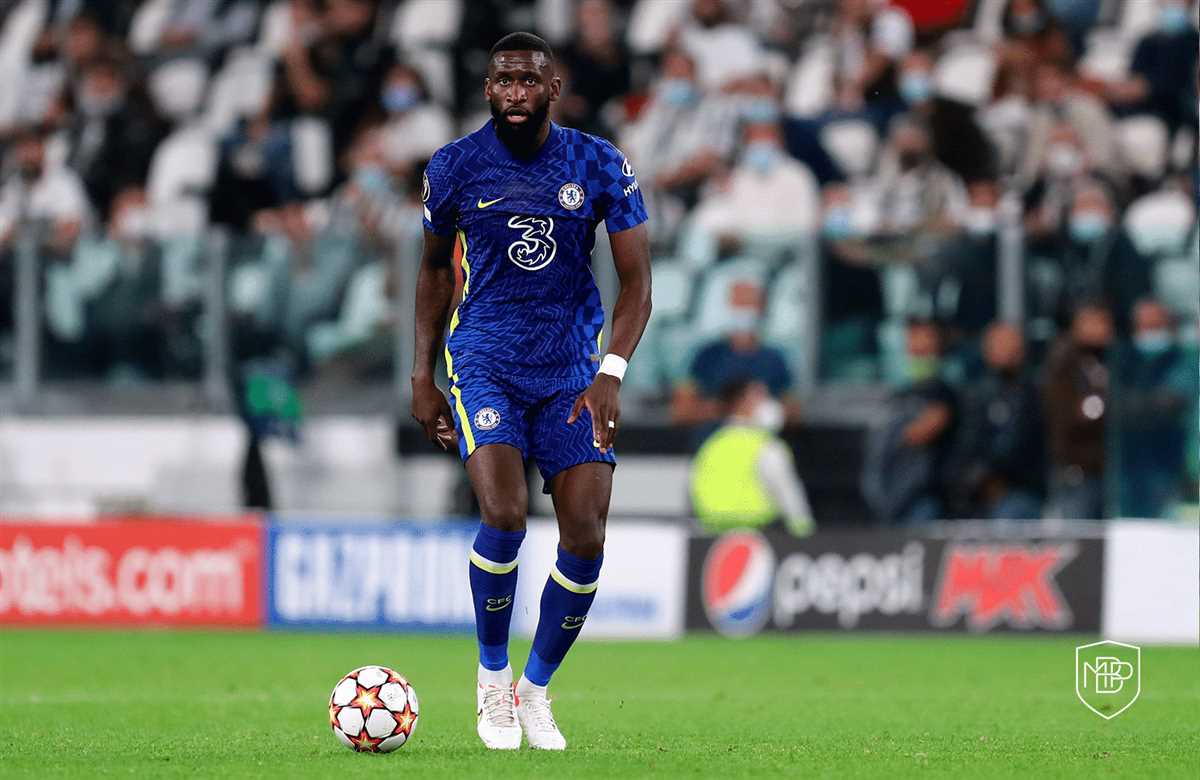
In the world of soccer, each player has a distinct role that influences both the team’s strategy and overall performance. These roles can vary widely, from defensive duties to offensive tasks, each contributing to the dynamic nature of the game. By examining how players are positioned and their specific responsibilities, one can gain insight into how they affect the flow of the match and the team’s success.
When delving into a player’s role, it is crucial to explore how their skills and attributes align with their designated tasks on the pitch. Whether focusing on their defensive capabilities or their ability to drive the attack, understanding their positioning provides a clearer picture of their impact during games. This analysis helps to appreciate the strategic decisions made by coaches and how players adapt to various game scenarios.
Key Roles on Field
On the pitch, certain players excel by performing specific functions that are crucial for their team’s success. These individuals often showcase exceptional skills in defensive maneuvers, marking, and tactical positioning. Their versatility and strategic thinking make them invaluable assets during matches.
One such player stands out for his role in central defense, where he demonstrates remarkable ability in blocking attacks and orchestrating the backline. His strong presence and leadership contribute significantly to his team’s overall defensive strategy.
Understanding Defensive Responsibilities
In the realm of football, each player on the field has specific tasks that contribute to the team’s overall strategy. Among these roles, one crucial aspect involves maintaining a solid defense. This function requires a combination of positioning, awareness, and tactical execution. Effective defenders must not only cover their designated zones but also anticipate and respond to the movements of opposing players.
Typically, a defender’s main job includes blocking attacks, marking opponents, and organizing the defensive line. This role often demands a keen sense of timing and coordination with teammates. By maintaining a strong defensive posture, players help prevent the opposing team from creating scoring opportunities and ensure stability in the defensive setup.
Adaptability in Various Formations

Versatility on the field is crucial for a defender’s success, and this player has showcased exceptional skill in adapting to different tactical setups. Whether positioned as a central defender in a traditional backline or employed in a more dynamic role in a three-man defense, this player’s ability to adjust and excel is evident.
In a conventional four-man defense, their robust defensive capabilities and leadership ensure stability and organization. When deployed in a three-man formation, their agility and tactical awareness allow them to effectively cover wide areas and contribute to both defensive solidity and offensive support.
Their adaptability extends to roles within a high-press system or a more conservative setup, highlighting their comprehensive understanding of positional requirements and game dynamics. This flexibility makes them a valuable asset in various tactical scenarios.
How the Player Shapes Team Dynamics

In the world of soccer, a key defender’s role goes beyond merely stopping opponents. This player’s influence on the overall team structure is crucial. By positioning themselves strategically, they ensure balance and support throughout the formation.
Defensive Solidity: Their ability to cover various zones and tackle effectively enhances the team’s defensive reliability. This presence allows other players to push forward, knowing that the defense remains robust.
Distribution and Build-Up: Not only do they defend, but their passing accuracy and vision help in transitioning from defense to attack. Their precise distribution can initiate counter-attacks and maintain possession under pressure.
Leadership and Communication: Often
Defender’s Role Against Various Rivals
In the game, a defender’s approach varies significantly based on the opposing team. Effective placement and decision-making are crucial elements that influence performance against different rivals.
When facing teams with strong attacking prowess, the defender often adopts a more cautious stance, focusing on positioning to counteract aggressive plays. In contrast, against teams that rely on quick counterattacks, maintaining a high line can be advantageous to disrupt their rhythm and limit their space.
Against sides known for their physicality, emphasizing robustness and aerial ability becomes vital, while against more technical teams, agility and anticipation play a crucial role. Adjusting these strategies based on the opponent’s strengths and weaknesses is essential for a successful defensive approach.
Impact of Player’s Role on Match Outcomes
The strategic placement of a key defender in a team can significantly influence the course of a game. This central figure’s defensive duties and positioning often determine the balance of power on the field, impacting both offensive and defensive strategies.
Defensive Stalwart: When this player operates effectively within their designated area, they enhance the team’s ability to repel attacks, thereby reducing the opponent’s scoring opportunities. Their presence often bolsters the defense and can alter the attacking strategies of the opposition.
Strategic Influence: The way this individual interacts with their teammates and adapts to various tactical scenarios can shift the momentum of the game. By commanding the defensive line and executing timely interventions, they contribute to both the overall defensive solidity and the team’s potential to capitalize on counter-attacks.
Comparing His Role with Other Defenders
The roles and responsibilities of central defenders can vary significantly depending on their team’s tactics and playing style. While some are known for their aggressive, ball-winning approach, others focus more on positioning and intercepting passes. Examining these differences can reveal how specific players adapt their style to fit their team’s needs and contribute to their defensive strategies.
In contrast to more traditional center-backs, who may prioritize strong aerial duels and robust physicality, other defenders might excel in tactical positioning and reading the game. This nuanced comparison highlights the diverse skill sets and attributes that define a player’s effectiveness on the field.




